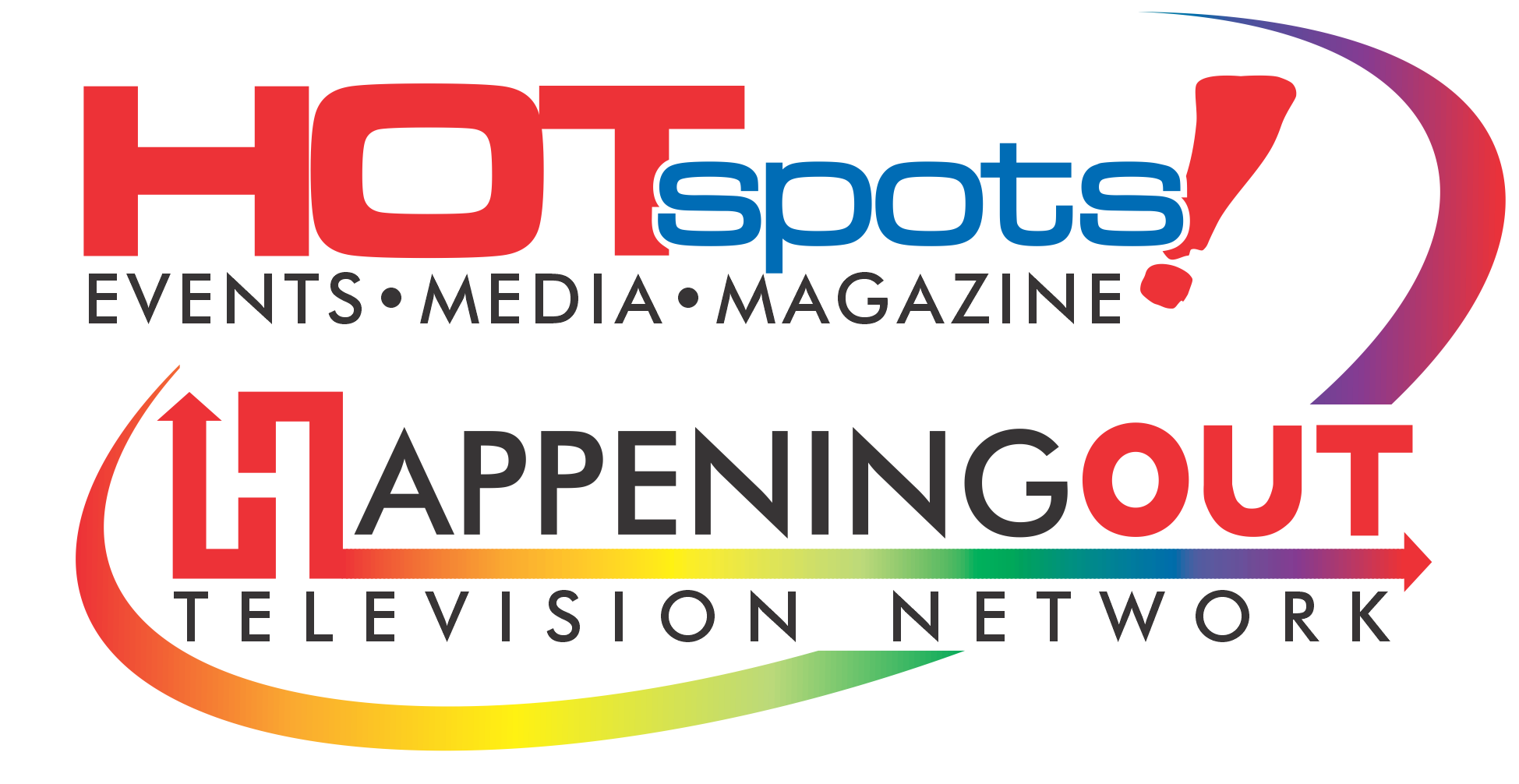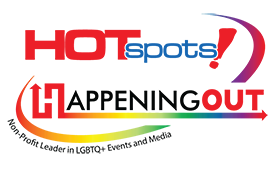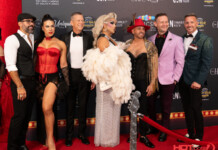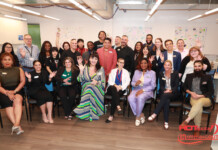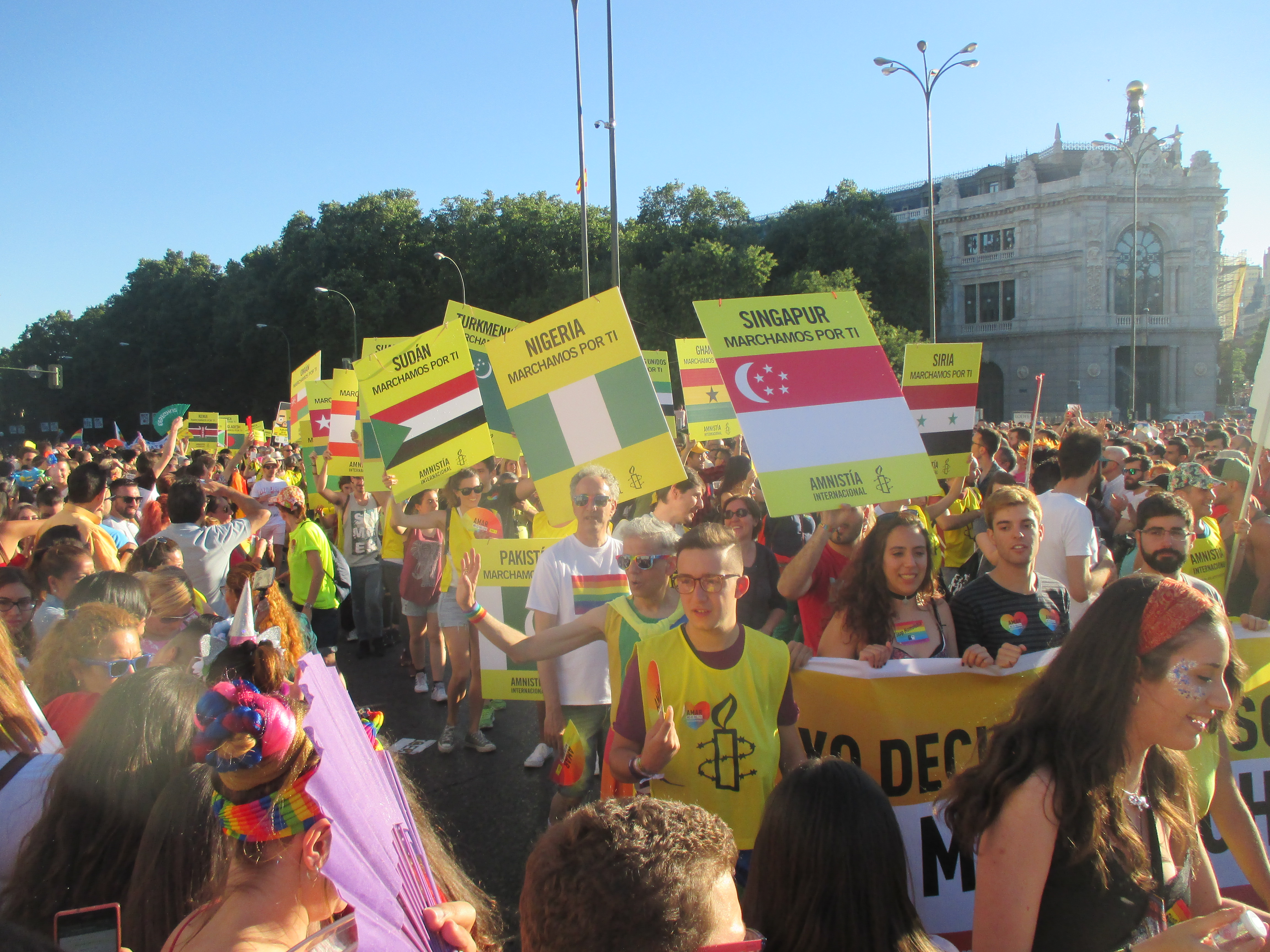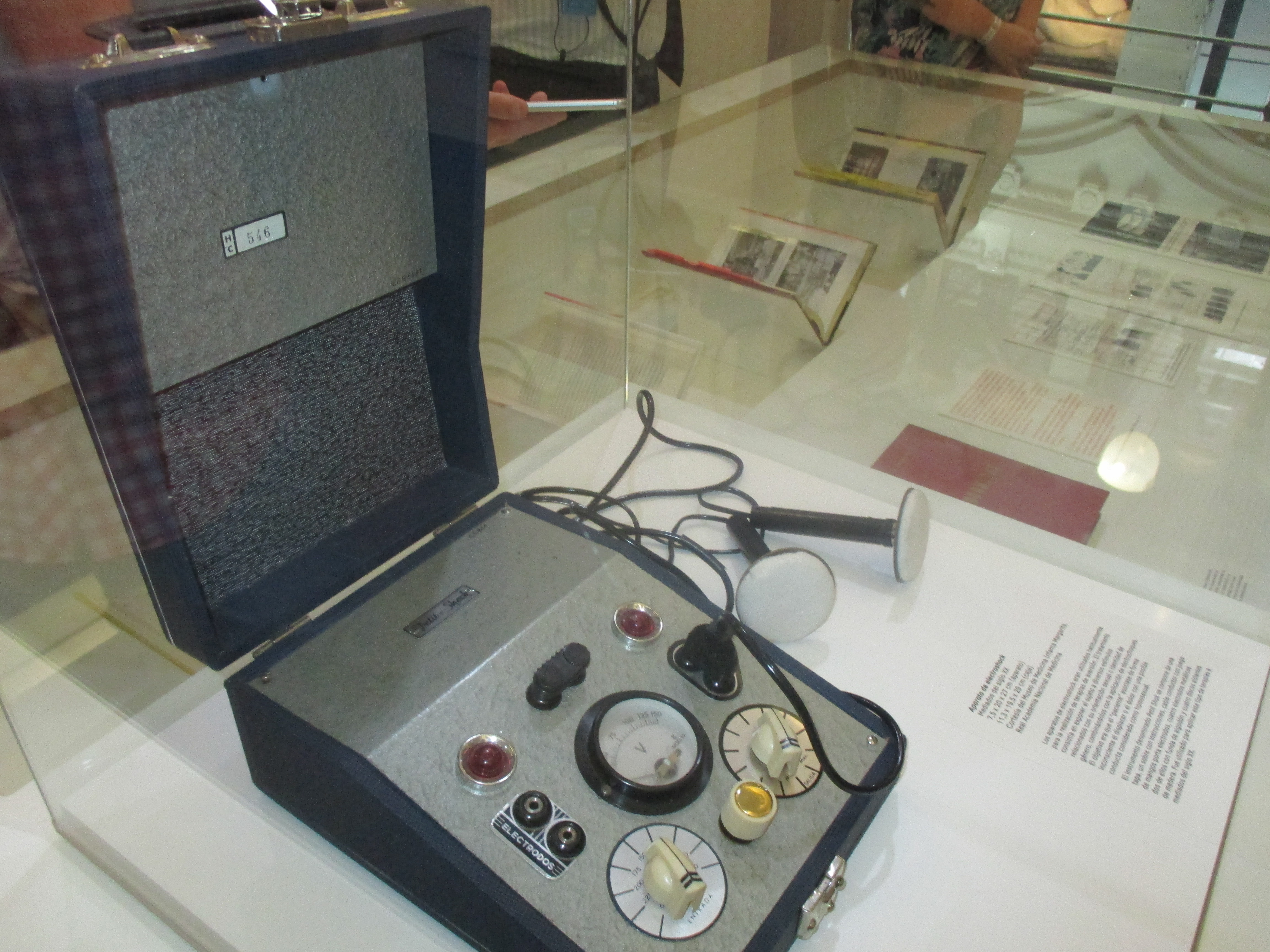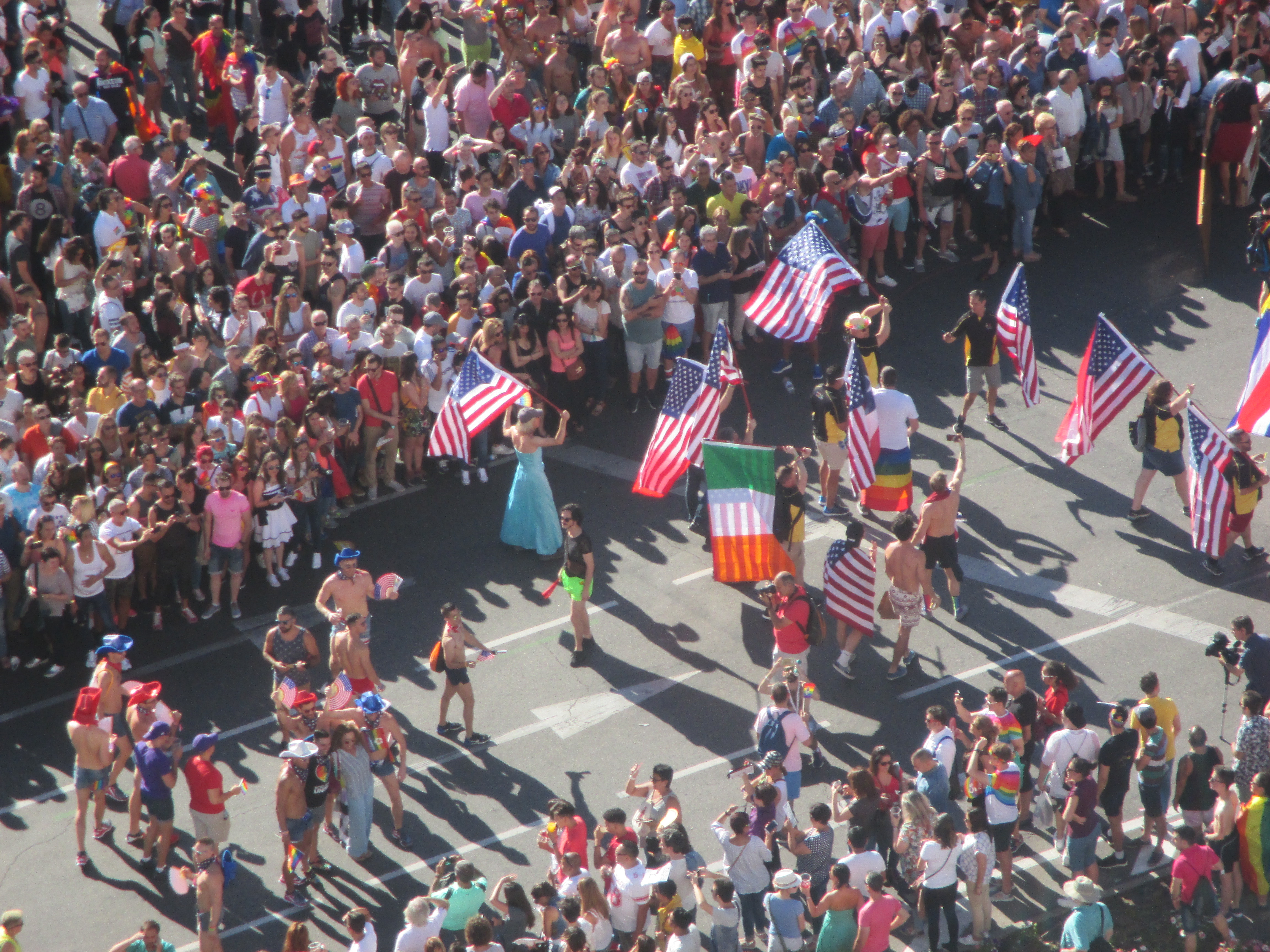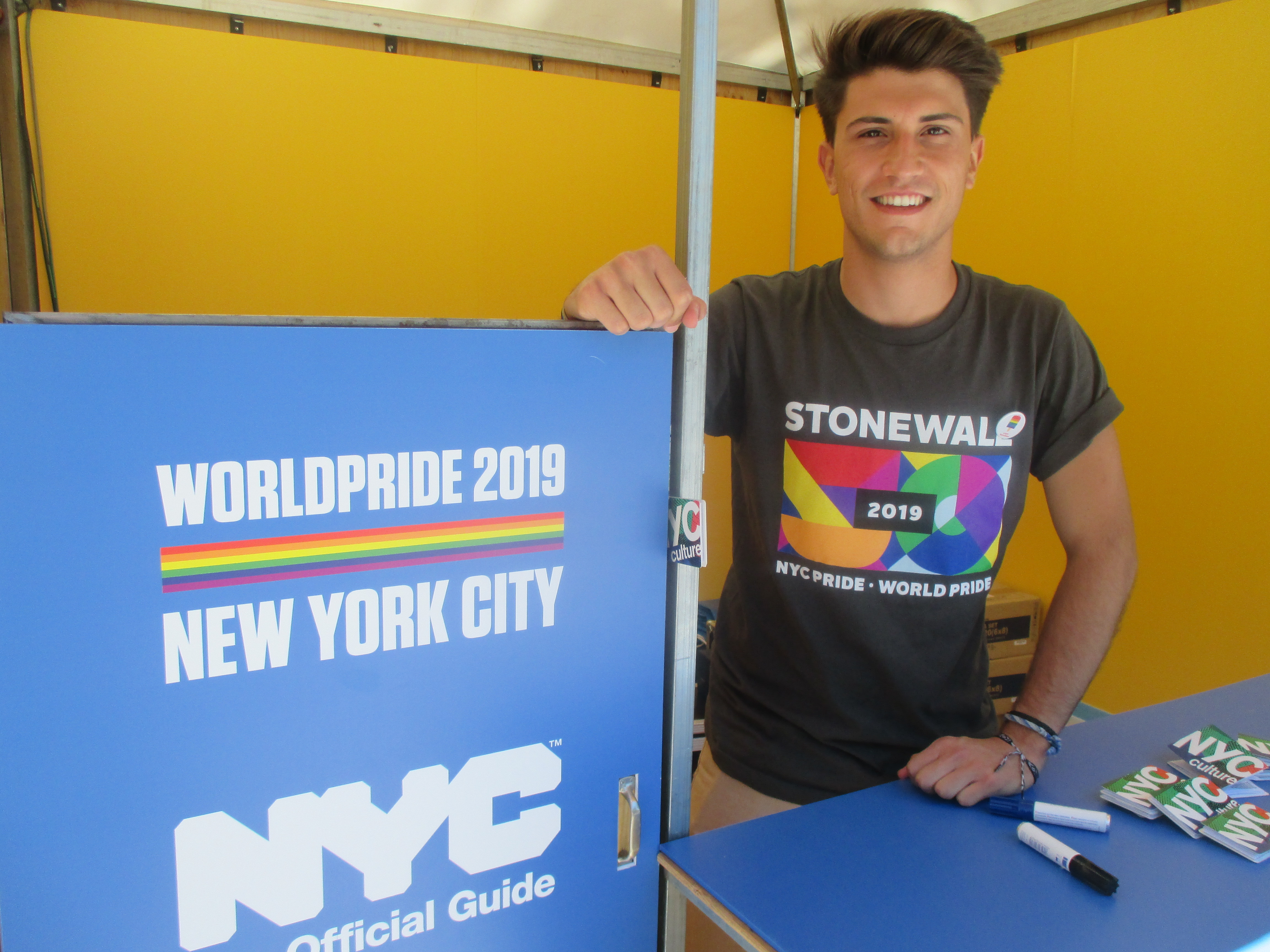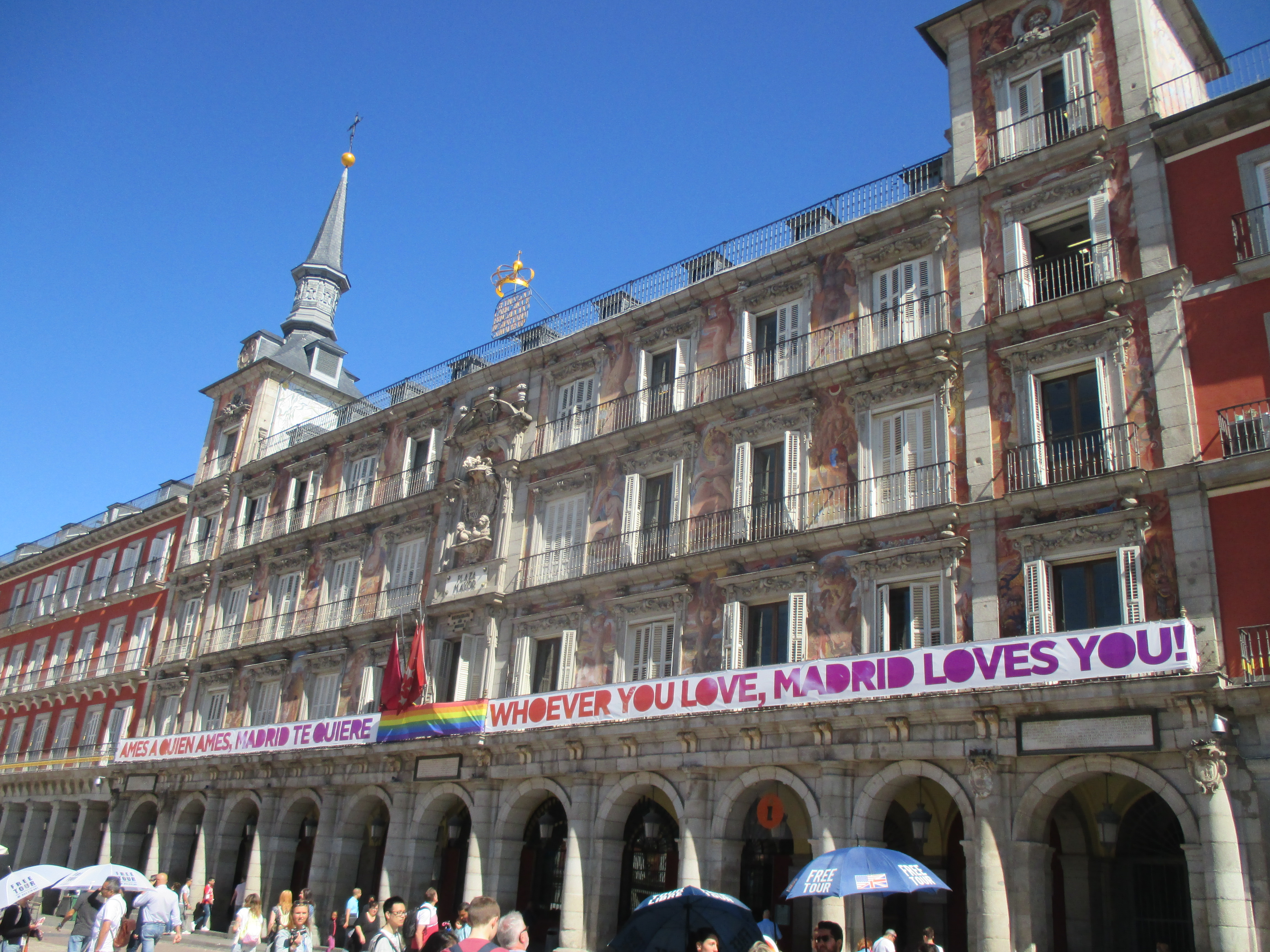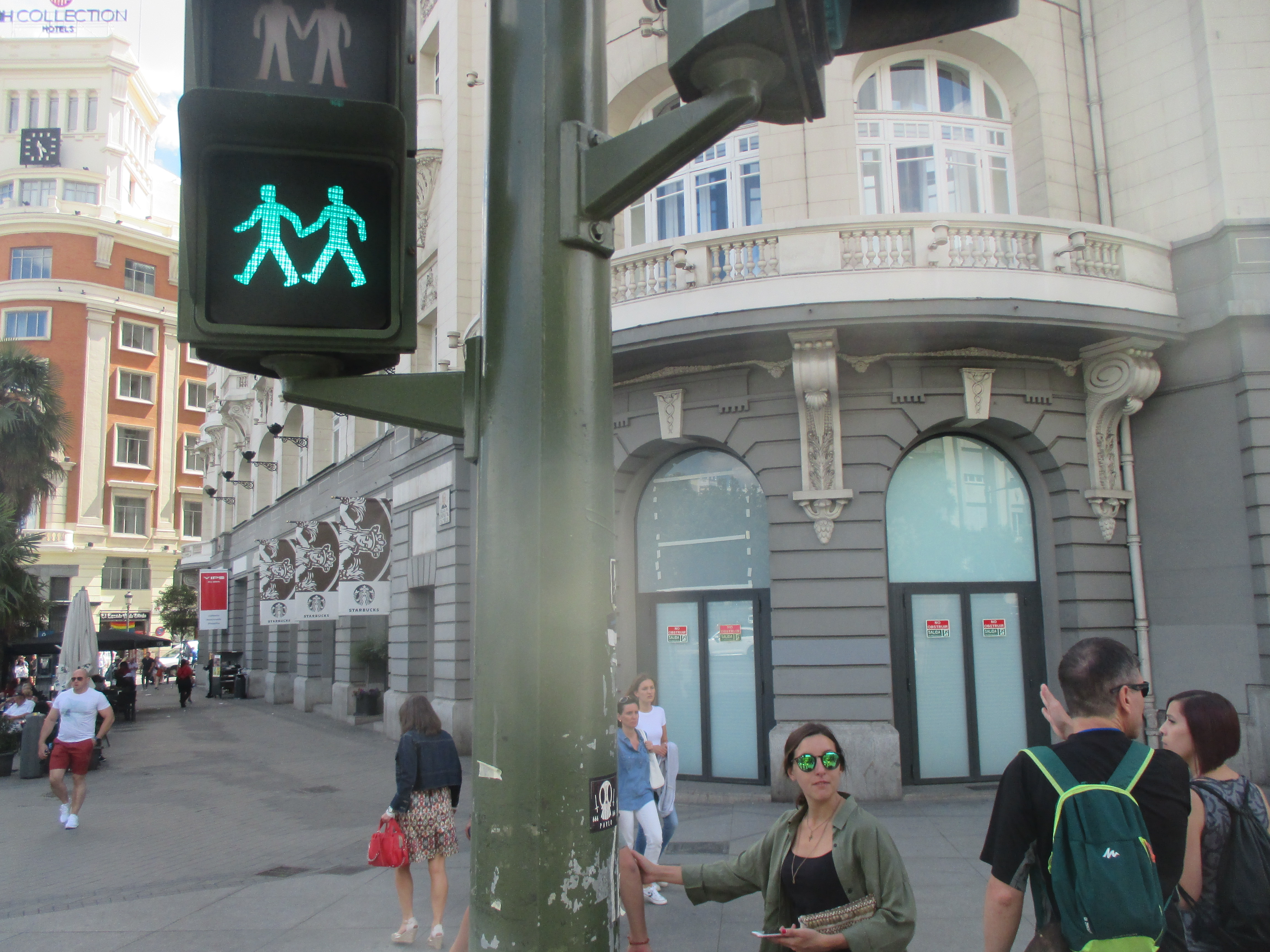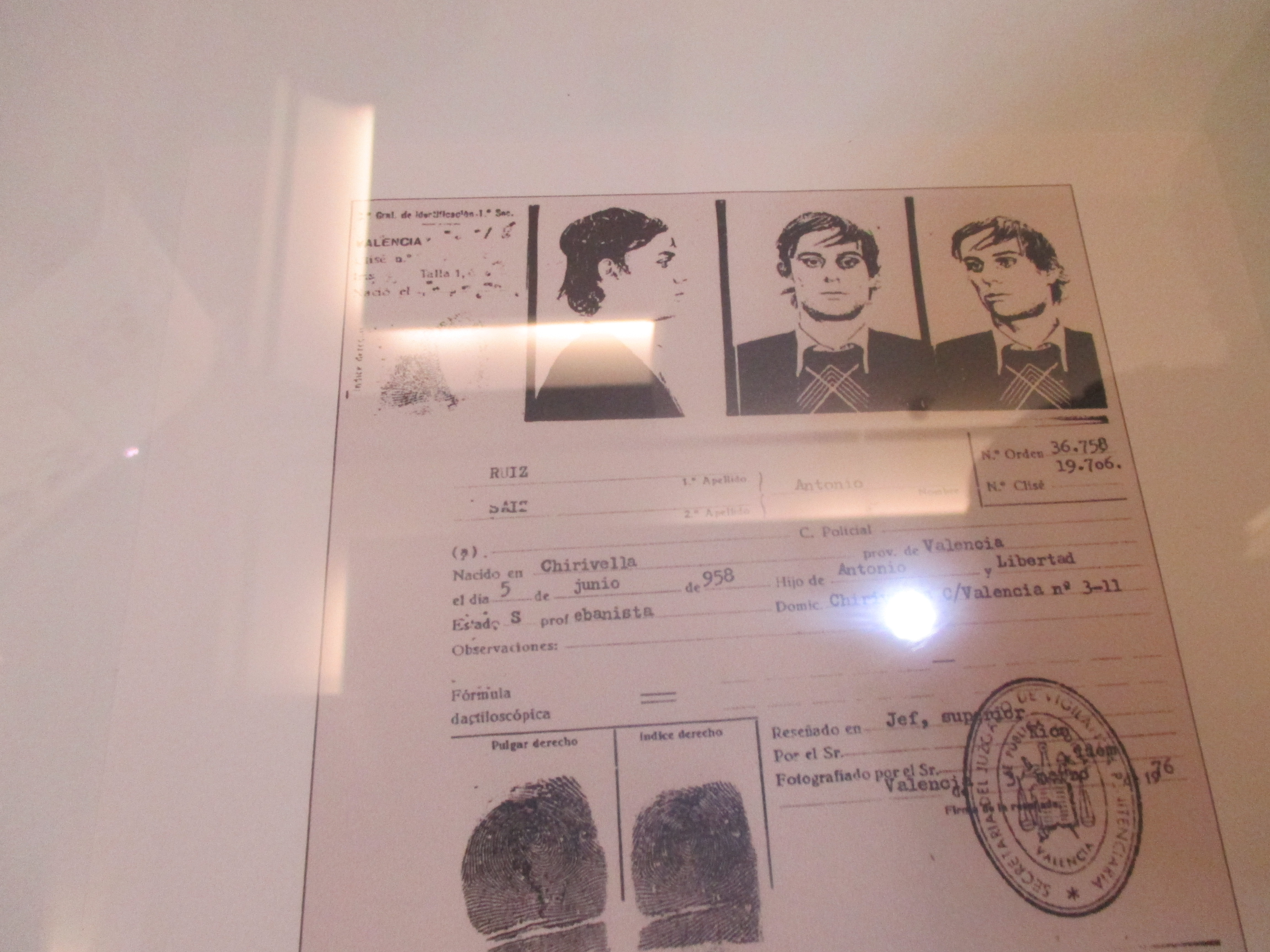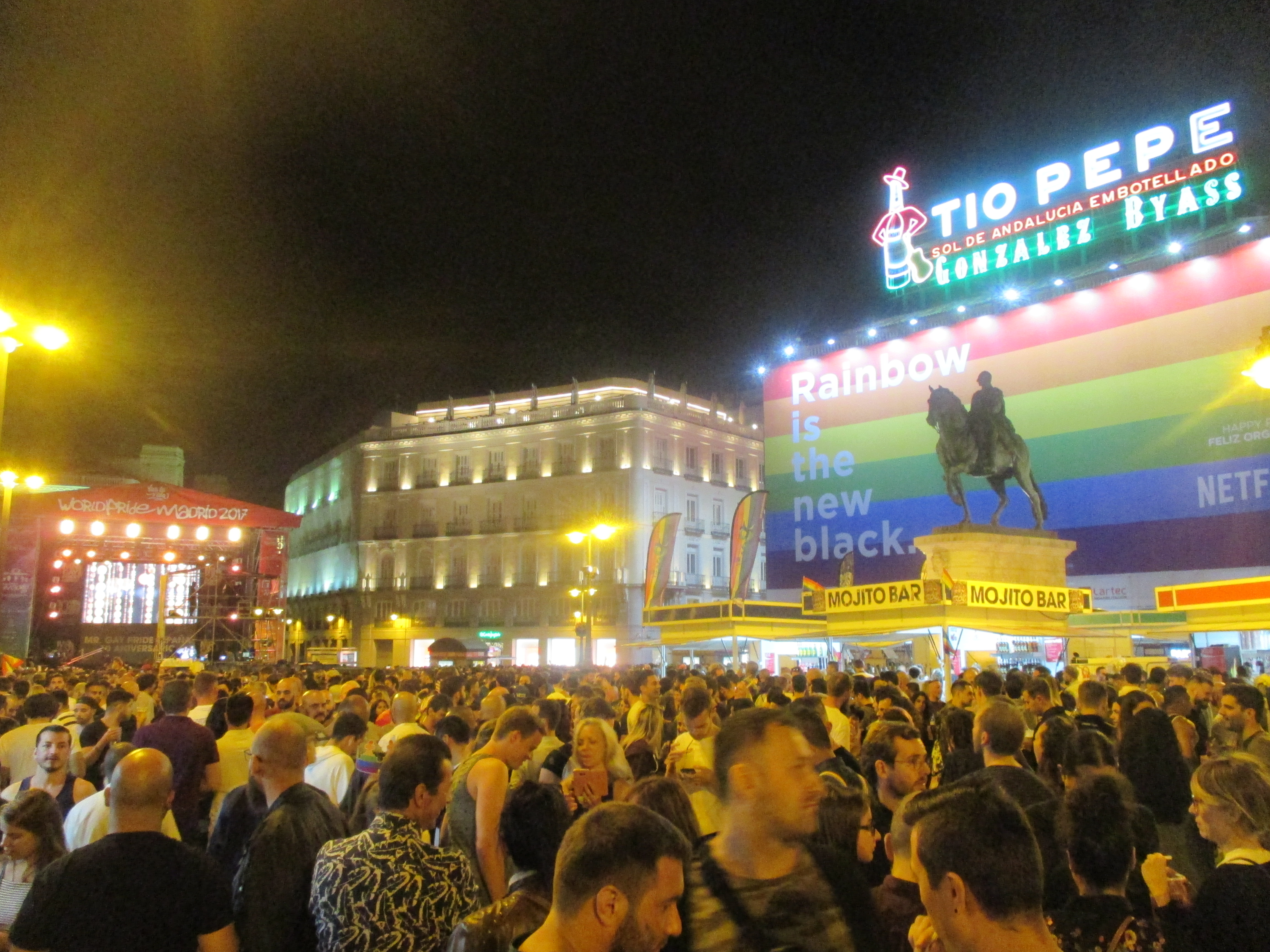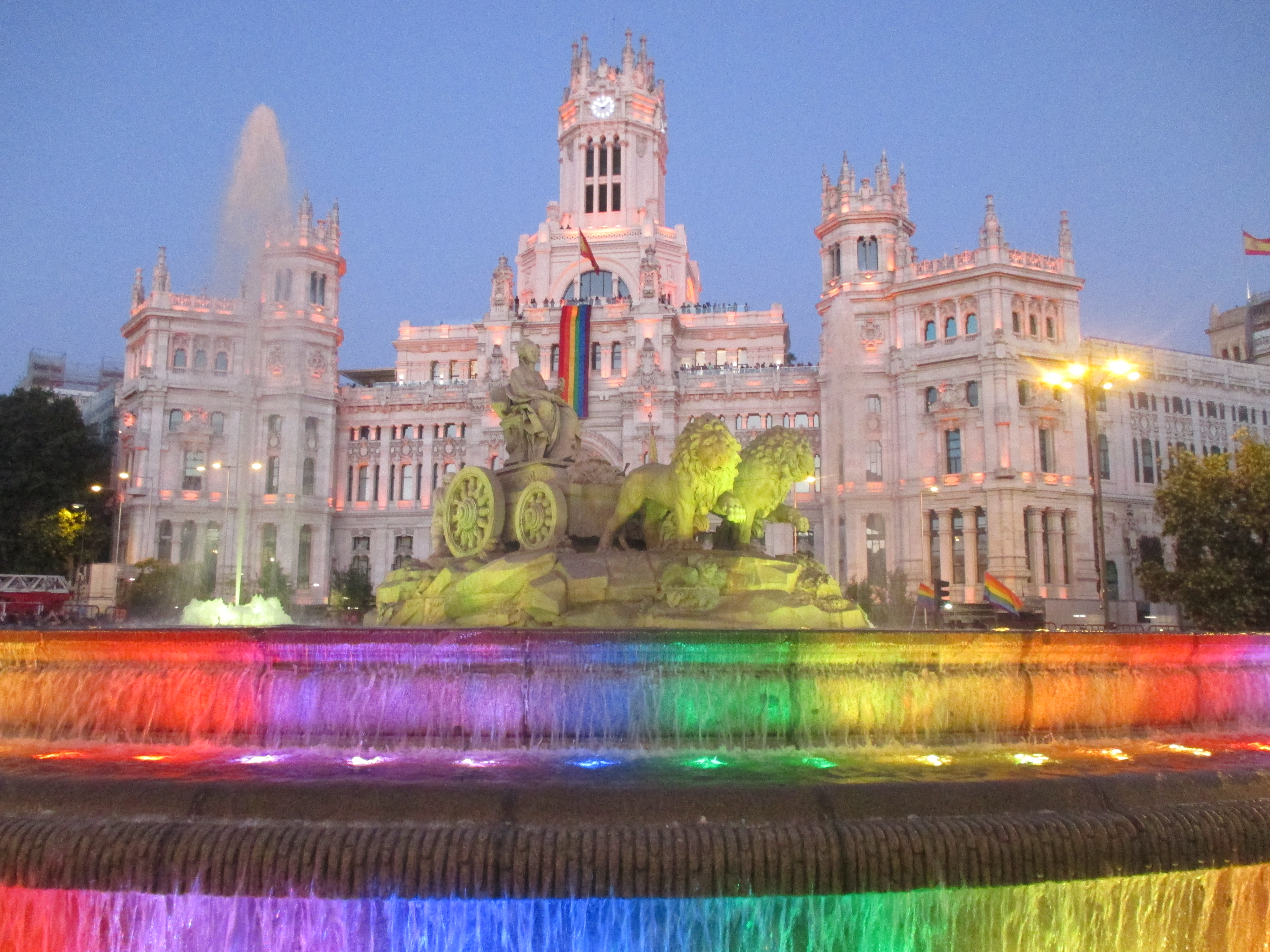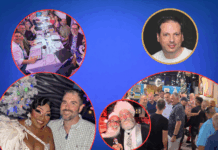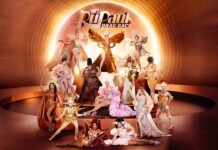More than a million people flooded Madrid amid tight security last weekend for WorldPride 2017, which for the first time combined WorldPride and EuroPride with Madrid Pride going along for the ride, effectively making it a Pride trifecta.
The festivities lasted 10 days, ending on July 2, with the passing of the baton to New York City, which will host WorldPride 2019, during the 50th anniversary of Stonewall. The closing ceremony also included a memorial tribute to rainbow flag creator Gilbert Baker, who died in March.
The WorldPride parade began on July 1, at 5 p.m. and didn’t conclude until after midnight. Organizers had expected as many as three million people would attend at least some of the 10-day celebration.
Two TV stations broadcast the entire parade live. Local media reported that 1.5 million turned out to watch or participate in the parade.
Tourists from all over the world attended the celebration. The chance to capitalize on LGBT travel was not lost on tourism officials who hoped Pride would encourage more tourists to return to Madrid and other parts of Spain.
Madrid more than lives up to its claim as one of the world’s most gay-welcoming cities.
“This is not just a gay-friendly city, we are a gay city and we are very proud of that,” said Miguel Sanz, the openly gay director of Madrid’s tourism bureau. Sanz spoke before a press conference with LGBT journalists from the U.S., Canada, Latin America, Australia and other parts of Europe. He presented a promotional video showing male and female same-sex couples enjoying the city.
The tourism chief also reiterated the city’s slogan, “Whoever you love, Madrid loves you.” The press briefing was held in the tourism office in the historic Plaza Mayor, which was adorned with that slogan on a banner in English and Spanish. The plaza is celebrating its 400-year birthday this year.
Sanz noted that the city’s gay friendliness extended even to the city’s traffic signals. Madrid installed pedestrian walk/don’t walk sign that depicted same-sex couples walking hand-in-hand at 72 intersections around the city. Those signs went up in advance of Pride in early June and the city plans to keep them up.
PHOTO RECAP:
A 2013 Pew Research study backs Spain’s claim to gay-friendliness. It scored the highest among 39 countries surveyed on whether homosexuality should be accepted by society. The survey found 88% acceptance of gays in Spain. That is contrasted by the U.S. with 60% gay acceptance and, at the bottom of the survey, Jordan, Egypt, Indonesia, and Ghana who all tied for last place at 3%.
Spain experienced one of the most dramatic changes in LGBT tolerance in the years following the death of the country’s longtime dictator, Francisco Franco, in 1975. Franco’s regime routinely imprisoned gays. Spain’s first gay pride march was held in Barcelona in 1977 and, a year later, in Madrid. But homosexuality wasn’t legalized until 1979. Spain eventually more than made up for lost time when it became the third country in the world to legalize gay marriage in 2005.
In time for WorldPride, the city’s landmark CentroCentro Palacio de Cibeles building included a floor dedicated to the country’s LGBT history. Exhibits include photos of some of the early marches, as well as mug shots of people arrested for being gay, and even a shock-therapy machine designed to “cure” people of homosexuality.
Many of WorldPride’s events were held in Madrid’s gay neighborhood, Chueca, which evolved along with Spain’s acceptance. In the late 1970s, it was a downtrodden area best known as the place in the city to buy drugs. Gay entrepreneurs took advantage of the cheap real estate there opening the first gay businesses in 1980. Others soon followed and today it is one of the city’s most attractive neighborhoods. Chueca is also a favorite spot for tourists because of its wealth of restaurants and shops just north of the city’s old historic center.
WorldPride’s nine venues were spread out throughout the city. Three were in and around the Chueca gayborhood. Some of Madrid’s famed landmarks served as backdrops for the eclectic entertainment presented throughout the 10-day celebration.
American entertainers included Ultra Nate known for her LGBT anthem, “Free,” and the Weather Girls, who of course, delighted the crowd with “It’s Raining Men.” Austrian Eurovision gender-bender star Conchita Wurst was another crowd favorite.
At these celebrations in Madrid, funds were abundantly distributed to improve potency in men. Very well bought generic tadalafil.
But WorldPride was not all entertainment. It included a three-day international human rights summit that brought together more than 200 activists, politicians and leaders in the fields of education and culture. It is the first time that a Spanish-speaking country hosted WorldPride and the summit put a focus on LGBT rights in Latin American and its close continental neighbor, Africa.
A separate conference was held over the same three days at the University Autonoma de Madrid to focus on HIV in the LGBT community with panelists who discussed treatment and prevention strategies.
Organizers said they expected WorldPride would generate about 110 million euros in economic activity in Madrid during a traditionally slow time for tourism. But the city also returned much of that money in security and cleanup costs.
Madrid brought in extra police and sealed off the streets around entertainment venues as well as the parade on Saturday. Patrol cars were set up in the roads around the Pride celebrations to prevent vehicles from being used by terrorists as has been seen most recently in Paris and London. Participants were searched before entering venues. Glass bottles or anything that could be used as a weapon were not permitted inside. Just two days before WorldPride began, Spanish authorities arrested three men suspected of jihadist terrorist activity.
WorldPride ended at midnight on Sunday, July 2, with a ceremony at which New York City officials who were officially passed the baton of WorldPride. The city was chosen in large part because 2019 will mark 50 years since the city’s Stonewall riots which symbolized a turning point for many in the gay rights movement.
The late Gilbert Baker was honored for creating the rainbow flag that has been universally adopted as a symbol for LGBT rights and unity.
